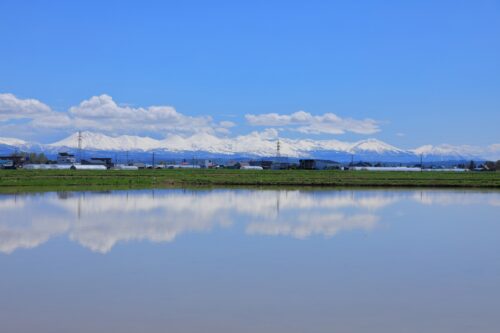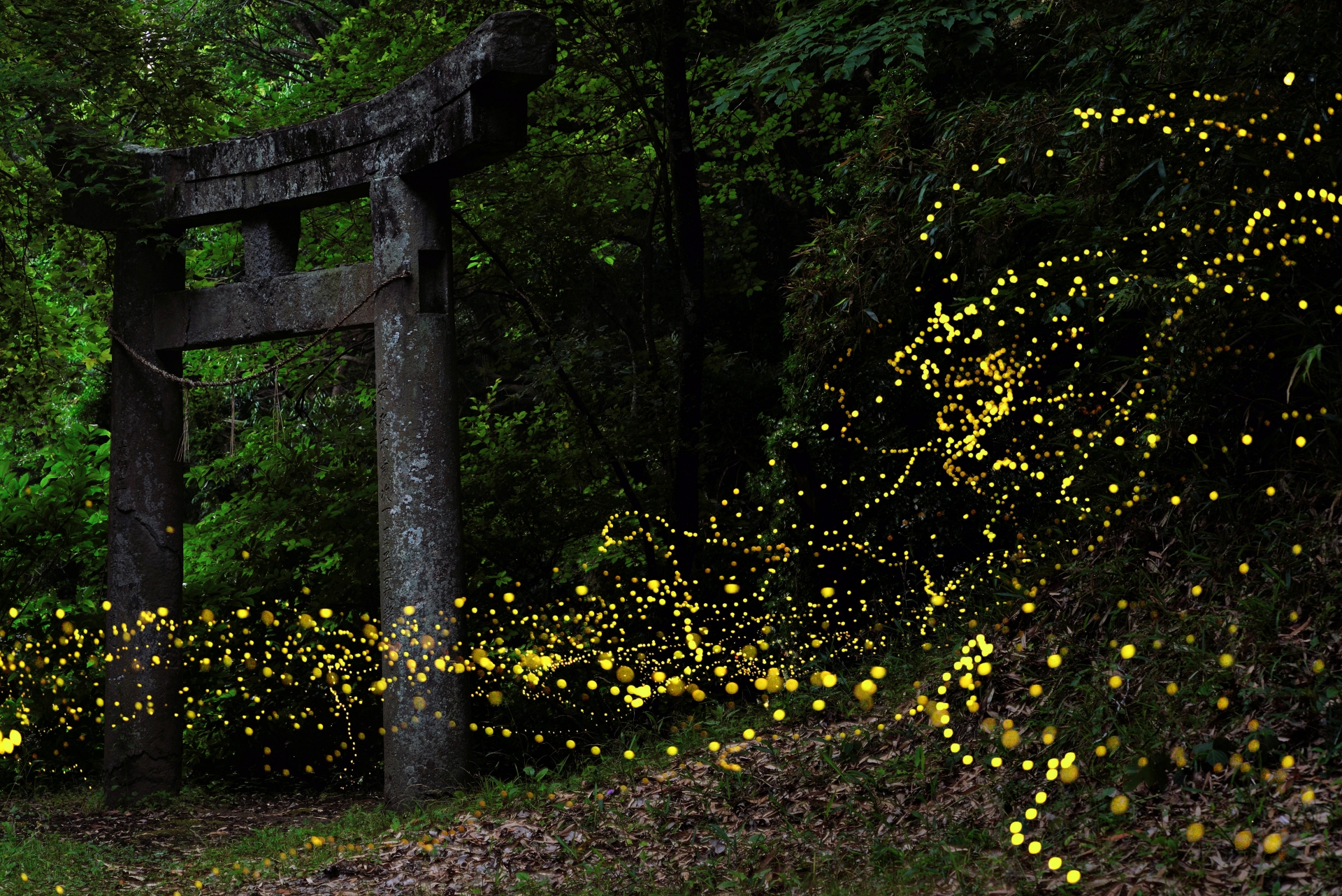Auld Lang Syne is a farewell song in Japan
Do you know how to make your guests leave in a polite manner when they overstay your welcome? I’ll tell you a 100 % sure way, though I think it works only for Japanese guests. It’s very easy. Just play the Scottish folk song “Auld Lang Syne.” The arranged version of this song was used in a Hollywood movie “Waterloo Bridge” in 1940, and the movie was a big hit here in Japan. I don’t know why that is, but since then, the song has been still used to inform closing time of shops, restaurants, and everything.
The rule of going home when hearing Auld Lang Syne
Let me share some examples to show how deeply this rule (going home when hearing Auld Lang Syne) is imprinted in Japanese people’s subconscious mind.
- One day at midnight, the song happened to be played in an international airport in Canada, and people were surprised to see Japanese travelers half asleep suddenly woke up and started to prepare for leaving.
- Many Japanese companies play the song at the end of business hours to urge employees to go home earlier.
Most of the Japanese people including me are like Pavlov’s dog, and didn’t even realize it was unusual until someone non-Japanese told us so. Only for less than 100 years, the rule may be imprinted even in our DNA.
Funnily enough, the title of the song is completely different in Japanese. The Japanese title translated in English is “The light of Fireflies.” Today’s theme is not the Japanese strange habit but fireflies because now (July) is the season of fireflies here in Hokkaido. As I wrote before, only Japanese and Polynesian people perceived the sound of insects as a language in the left hemisphere. Since around the seventh century, insect singing competitions have been one of the popular seasonal traditions in Japan. We Japanese people have been so familiar with insects like this, and fireflies are one of the most popular insects, though it’s not for their voice but for their light, of course.

Firefiies in the city of rivers
Soon after graduating from university, I belonged to Japan Air Self-Defense Force. The weapon control of Japan Self-Defense Force is unusually strict. Even one empty bullet shell is missing, trainee soldiers are destined to keep searching until it is found. Unfortunately, what we dreaded most actually happened along the river deep in the forest on the second day of our final training exercise. We started to crawl on the ground in a state of exhaustion and speechless. As some hours passed in vain and it got quite dark around us, someone said in a low voice “Fireflies.” I looked up to find so many fireflies surrounding us. I’ll never forget the scene, the exhausted soldiers floating in the darkness by the light of fireflies.
Japanese fireflies, different from those outside Japan, are aquatic insects. They need clean water to grow. Our hometown is the city of rivers. There are about 150 rivers running through it, and fireflies once could be seen anywhere. Due to pesticide and water pollution at the high economic growth period, they decreased in number and were rarely seen in the city, but recently the tide is shifting. About 30 years ago, the 11 students of a junior high school started to grow and leave fireflies. Many advocates and sponsors emerged from the neighborhood residents and worked together to improve the surrounding environments. Now, we can see fireflies in a huge park in the south of the city in summer.

I’ve been seeing news that many tourists rush to Japan from overseas in summer vacation, mainly to major cities like Tokyo, Osaka, etc. To be honest, I don’t think it’s a great idea because the mainland of Japan is too hot and humid in summer. Why don’t you come here and enjoy a fantasy atmosphere created by the light of fireflies at nice and cool night?

Shungo Ijima
He is travelling around the world. His passion is to explain Japan to the world, from the unique viewpoint accumulated through his career: overseas posting, MBA holder, former official of the Ministry of Finance.


Comments
List of comments (1)
Temp Mail Good post! We will be linking to this particularly great post on our site. Keep up the great writing